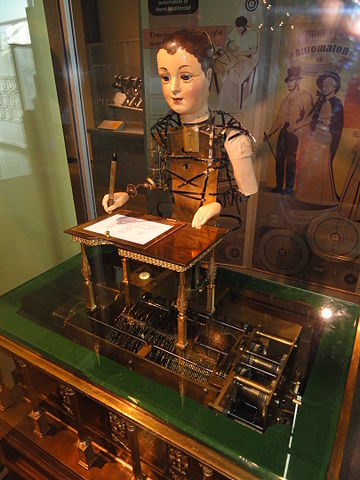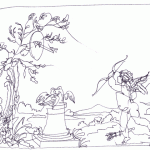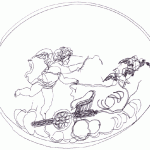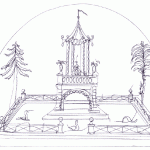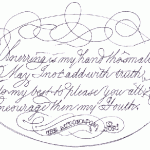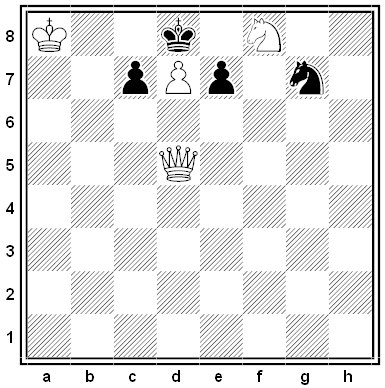French writer Paul Fournel’s 1990 novel Suburbia begins conventionally enough:
Table of Contents
A Word from the Publisher vi
Foreword by Marguerite Duras vii
An Introductory Note by the Author viii
Suburbia 9
Afterword by François Caradec 215
Supplement for Use in Schools 217
Index 219
And the “Word from the Publisher” promises that “the quality of this little novel, now that passions have subsided, has emerged ever more forcefully.” But the first page is blank except for four footnotes:
1. In French in the original.
2. Concerning the definition of suburb, see the epigraph et seq.
3. What intention on the author’s part does this brutal opening suggest?
4. Local judge.
The same thing happens on the second page:
1. Notice how Norbert comes crashing onto the scene.
2. This passage is a mixture of backslang and immigrant jargon. Transpose into normal English.
3. Motorcycle.
4. Obscene gesture.
And so on — except for footnotes, all the pages in Suburbia are blank. “In Suburbia Fournel was not attempting to give some postmodernist exploration of the nature of literature,” explains Robert Tubbs in Mathematics in Twentieth-Century Literature and Art (2014). “Suburbia, instead, was written according to the lipogrammatic constraint that it contain no letters or symbols. This constraint force Fournel to write a textless narrative. Because of the footnotes on each page, it has content — it is not an empty text; it is simply a textless text, a text that just happens not to contain any words.”


